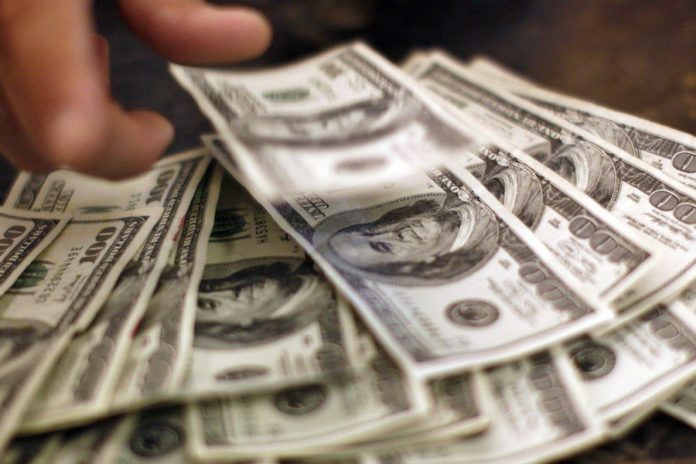WASHINGTON, March 25, 2019 (BSS/AFP) – US economists are less optimistic
about the outlook and sharply lowered their growth forecasts for this year,
amid slowing global growth and continued trade frictions, according to a
survey published Monday.
And while the odds of a recession by 2020 remain low, they are rising, the
National Association for Business Economics said in their quarterly report.
The panel of 55 economists now believe “the US economy has reached an
inflection point,” said NABE President Kevin Swift.
The consensus forecast for real GDP growth was cut by three tenths from
the December survey, to 2.4 percent after 2.9 percent expansion in 2018.
The economy is expected to slow further in 2020, with growth of just 2
percent, the report said.
Three-quarters of respondents cut their GDP forecasts and believe the
risks of to the economy are weighted to the downside.
“A majority of panelists sees external headwinds from trade policy and
slower global growth as the primary downside risks to growth,” NABE survey
chair Gregory Daco said in a statement.
“Nonetheless, recession risks are still perceived to be low in the near
term.”
Panelists put the odds of a recession starting in 2019 at around 20
percent, and for 2020 at 35 percent, slightly higher than in December.
Daco said that “reflects the Federal Reserve’s dovish policy U-turn in
January” when the central bank said it would keep interest rates where they
are for the foreseeable future, a message reinforced this week.
After four rate increases last year, Daco said a “near-majority of
panelists anticipates only one more interest rate hike in this cycle compared
to the three hikes forecasted in the December survey.”
Panelists see wage growth as the biggest upside risk to the economy,
despite expected increase of just 3 percent this year, as inflation holds
right around the Fed’s 2 percent target.
Meanwhile, amid President Donald Trump’s aggressive tariff policies, the
panel projects the trade deficit will rise to a record $978 billion this
year, beating last year’s record $914 billion.
In an interesting twist in the survey, only 20 percent said they expected
to see the dreaded “inverted yield curve” — when the interest rate on the
10-year Treasury note falls below the 3-month bill — this year.
In fact, the yield curve inverted on Friday for the first time since 2007.
BSS/AFP/HR/1005



